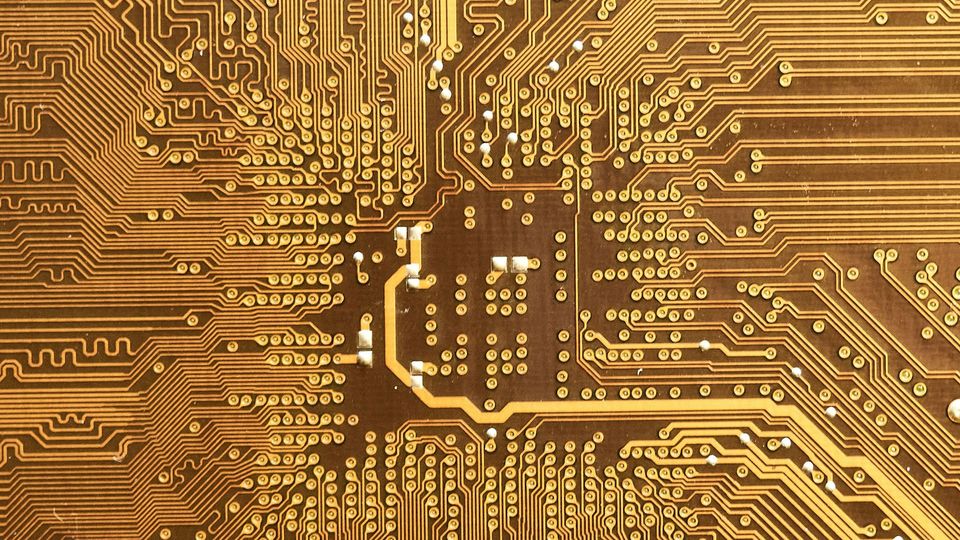Combining Materials May Support Unique Superconductivity for Quantum Computing
A new fusion of materials could enable a unique type of superconductivity for quantum computing.

Complete the form below to unlock access to ALL audio articles.
A new fusion of materials, each with special electrical properties, has all the components required for a unique type of superconductivity that could provide the basis for more robust quantum computing. The new combination of materials, created by a team led by researchers at Penn State, could also provide a platform to explore physical behaviors similar to those of mysterious, theoretical particles known as chiral Majoranas, which could be another promising component for quantum computing.
The new study appeared online today (Feb. 8) in the journal Science. The work describes how the researchers combined the two magnetic materials in what they called a critical step toward realizing the emergent interfacial superconductivity, which they are currently working toward.
Superconductors — materials with no electrical resistance — are widely used in digital circuits, the powerful magnets in magnetic resonance imaging (MRI) and particle accelerators, and other technology where maximizing the flow of electricity is crucial. When superconductors are combined with materials called magnetic topological insulators — thin films only a few atoms thick that have been made magnetic and restrict the movement of electrons to their edges — the novel electrical properties of each component work together to produce “chiral topological superconductors.” The topology, or specialized geometries and symmetries of matter, generates unique electrical phenomena in the superconductor, which could facilitate the construction of topological quantum computers.
Quantum computers have the potential to perform complex calculations in a fraction of the time it takes traditional computers because, unlike traditional computers which store data as a one or a zero, the quantum bits of quantum computers store data simultaneously in a range of possible states. Topological quantum computers further improve upon quantum computing by taking advantage of how electrical properties are organized to make the computers robust to decoherence, or the loss of information that happens when a quantum system is not perfectly isolated.
Want more breaking news?
Subscribe to Technology Networks’ daily newsletter, delivering breaking science news straight to your inbox every day.
Subscribe for FREEThe researchers used a technique called molecular beam epitaxy to stack together a topological insulator that has been made magnetic and an iron chalcogenide (FeTe), a promising transition metal for harnessing superconductivity. The topological insulator is a ferromagnet — a type of magnet whose electrons spin the same way — while FeTe is an antiferromagnet, whose electrons spin in alternating directions. The researchers used a variety of imaging techniques and other methods to characterize the structure and electrical properties of the resulting combined material and confirmed the presence of all three critical components of chiral topological superconductivity at the interface between the materials.
Prior work in the field has focused on combining superconductors and nonmagnetic topological insulators. According to the researchers, adding in the ferromagnet has been particularly challenging.
“Normally, superconductivity and ferromagnetism compete with each other, so it is rare to find robust superconductivity in a ferromagnetic material system,” said Chao-Xing Liu, professor of physics at Penn State and co-corresponding author of the paper. “But the superconductivity in this system is actually very robust against the ferromagnetism. You would need a very strong magnetic field to remove the superconductivity.”
The research team is still exploring why superconductivity and ferromagnetism coexist in this system.
“It’s actually quite interesting because we have two magnetic materials that are non-superconducting, but we put them together and the interface between these two compounds produces very robust superconductivity,” Chang said. “Iron chalcogenide is antiferromagnetic, and we anticipate its antiferromagnetic property is weakened around the interface to give rise to the emergent superconductivity, but we need more experiments and theoretical work to verify if this is true and to clarify the superconducting mechanism.”
The researchers said they believe this system will be useful in the search for material systems that exhibit similar behaviors as Majorana particles — theoretical subatomic particles first hypothesized in 1937. Majorana particles act as their own antiparticle, a unique property that could potentially allow them to be used as quantum bits in quantum computers.
“Providing experimental evidence for the existence of chiral Majorana will be a critical step in the creation of a topological quantum computer,” Chang said. “Our field has had a rocky past in trying to find these elusive particles, but we think this is a promising platform for exploring Majorana physics.”
Reference: Yi H, Zhao YF, Chan YT, et al. Interface-induced superconductivity in magnetic topological insulators. Sci. 2024;383(6683):634-639. doi: 10.1126/science.adk1270
This article has been republished from the following materials. Note: material may have been edited for length and content. For further information, please contact the cited source.

